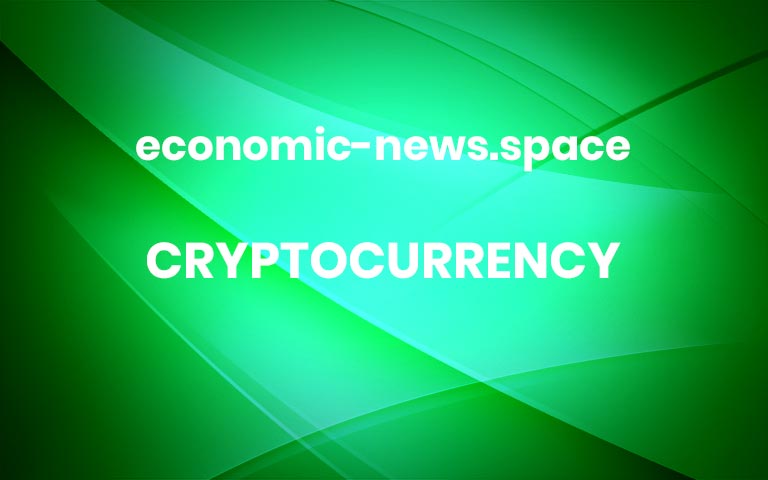Greenback strength to persist on delayed Fed rate cut calls

BENGALURU (Reuters) – A rallying U.S. dollar will stand resolute and may even trade more strongly than predicted in coming months if the policies of the Federal Reserve and other major central banks diverge, according to FX strategists polled by Reuters.Recovering from a lull in late-2023, the greenback has shrugged off forecasts for dollar weakness from strategists in Reuters polls over the past year with aplomb, and is already up 4.3% this year against a basket of major currencies.It is also more likely to trade higher than predicted rather than lower over the coming three months, according to a near-75% majority of forex strategists, 42 of 58, in an April 29-May 2 Reuters poll.”We remain steadfast in the belief a strong dollar is going to persist. A strong U.S. economy, evident in the activity numbers and stickier inflation, will make it difficult for the Fed to start cutting rates,” said Paul Mackel, global head of FX research at HSBC.”As a result…the dollar will remain in pole position versus other major currencies in coming months,” he added.Fed Chair Jerome Powell said on Wednesday after the central bank’s most recent meeting that policymakers would “take longer than previously expected” to gain adequate confidence in inflation falling back to the 2% target, reinforcing remarks in a recent speech.Financial markets are now pricing in a 56% chance of a first rate cut of at least 25 basis points in September, but a greater 68% chance of a cut in November, according to CME FedWatch tool, in line with economists’ predictions in a separate Reuters survey from two weeks ago, and down from six expected in January.That would lead to considerable policy divergence among the world’s major central banks, which after raising rates in tandem to levels not seen for several decades to tackle runaway inflation, may start cutting at different times.The European Central Bank and the Bank of England are expected to cut rates earlier than the Fed, in June and August, respectively, according to separate Reuters surveys. Median forecasts from 80 currency strategists in the poll were for the euro to hold at its current $1.07-level until end-July and then gain only slightly to $1.08 in six months, down from the $1.10 predicted in last month’s survey and the weakest forecast in Reuters polls so far this year.”We’re really surprised at how (U.S.) inflation has evolved – I would have expected it to be at least a couple-tenths of a percent lower by now,” said Steve Englander, head of G10 FX research at Standard Chartered (OTC:SCBFF). “The backing off of expectations of Fed rate cuts has made a real difference – (the current) episode of dollar strength seems to have more legs to it,” he added.The Japanese yen, down about 10% for the year and marking a 34-year low of 160.03/$ earlier this week, recovered some of its losses on suspected intervention from Japanese authorities.It will strengthen only slightly to 152/$ by end-July, but then be one of the biggest gainers among major currencies and rise about 8% to 143.67/$ in 12 months, the survey showed.However, it was more likely the currency would trade weaker than predictions than stronger in three months, according to 13 of 18 respondents answering an additional question. “With U.S. yields heading higher and the dollar strengthening, what the Bank of Japan is really trying to do is buy time to slow the pace of (recent) weakness until fundamentals start to move in favour of a stronger yen,” said Lee Hardman, senior currency analyst at MUFG.(For other stories from the May Reuters foreign exchange poll:) More


